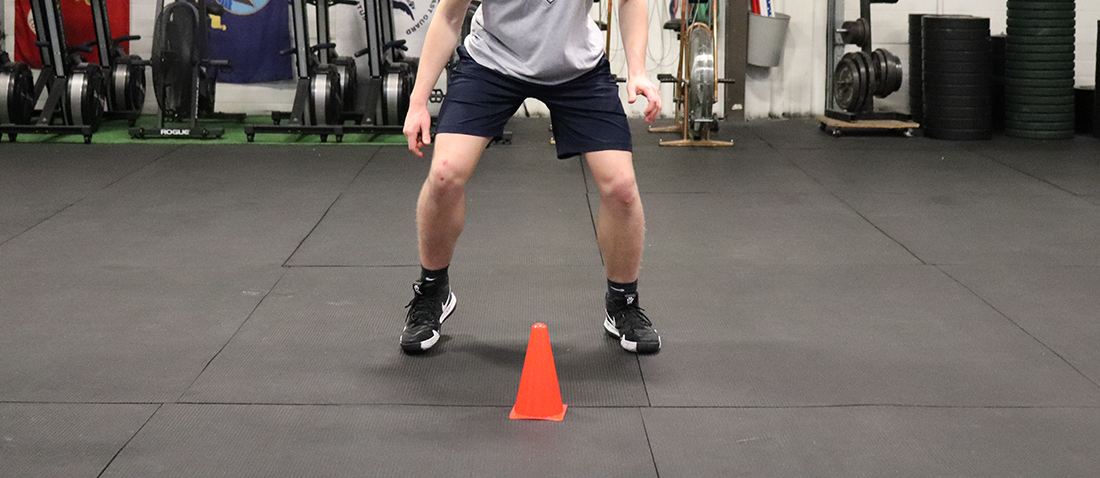It goes without saying, if an athlete is in a better “athletic stance”, then she can generate more power. But, what does it take to get into a better athletic stance?
Mobility for Ankle Power
A part of an athlete’s body that is often overlooked and lacking mobility is the ankle. The ankles, due to many reasons, become lesser and lesser in range of motion over time. When range is lost in the ankle joint the athlete ends up compensating to get into a proper stance. When there is compensation, this usually leads to less power output due to an improper alignment of the kinetic chain. The ankles need to be mobile for the athletes to have optimal power output from the lower leg.
Regardless of if the stance is a static stance, such as a football corner back waiting for the snap of the ball or a tennis player bouncing around waiting to receive a serve, the stance looks like the following: just before the athlete springs out of the stance they should have the hips back and the shoulder forward with a neutral spine. This position puts a pre-stretch on the posterior chain. The knees should be pushed forward with the ankles dorsi-flexed so there is a pre-stretch on the lower leg musculature. When the muscles have a pre-stretch or a quick loading pre-stretch they muscle can generate much more power when it concentrically contracts.
When the ankle joint is less mobile, what tends to happen is one of two things. The athletes rolls the feet inward (pronate) to get into the lower loaded athletic stance or the hips get pushed back more than normal forcing the back to round forward to keep balance. This is due to the shins staying more vertical. In either case, the kinetic chain has been disrupted and lesser power will result.
Mobility for Ankle Power Exercises
Let me share with you some simple ankle mobilization exercises to increase range of motion:
- Knee to wall– perform with one foot at a time. Start with the toes roughly 2-3 inches away from the wall with the foot straight ahead. Push the heel into the floor the entire time while you drive the knee forward until it touches the wall. The foot cannot pronate inward nor can the hip kick out to the side. If it is easy to touch the wall gradually back up. Perform 1-2 sets of 10 reps on each side or the lesser mobile side.
- Elevated toes– almost the same exercise as the knee to wall. Place one foot on a 2 inch high board. Following the same rules as the knee to wall drill complete 1-2 sets of 10 reps on each. If one ankle is less mobile than the other- work on the poor ankle to catch it up.
- Heel toe walks– this is a dynamic exercise done barefoot. Walk on a soft surface so you don’t bruise the heels. Roll from the heel to the toe and exaggerate the range of motion on each step. Perform 10-15 steps on each foot.
There are many other exercises for you to choose from, but these will get you started toward greater mobility for ankle power.
A great way to dynamically work on ankle range of motion is to train on low boxes. Staying in a great stance with loaded ankles is the focus of low box training. To learn more about low box training click HERE.

